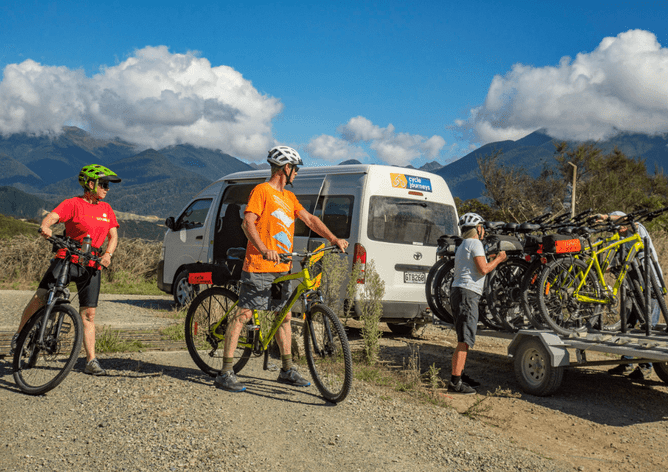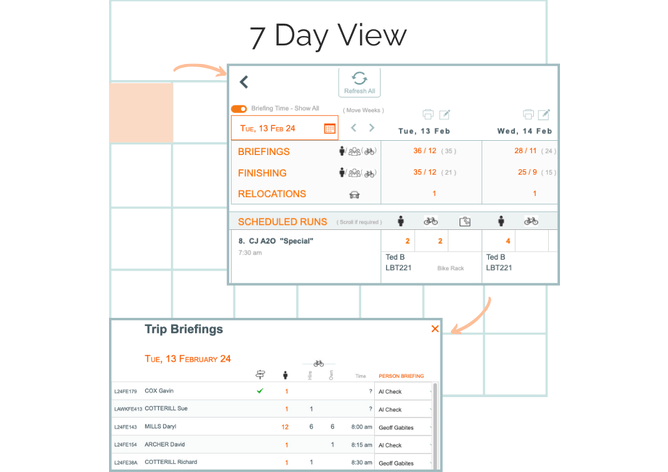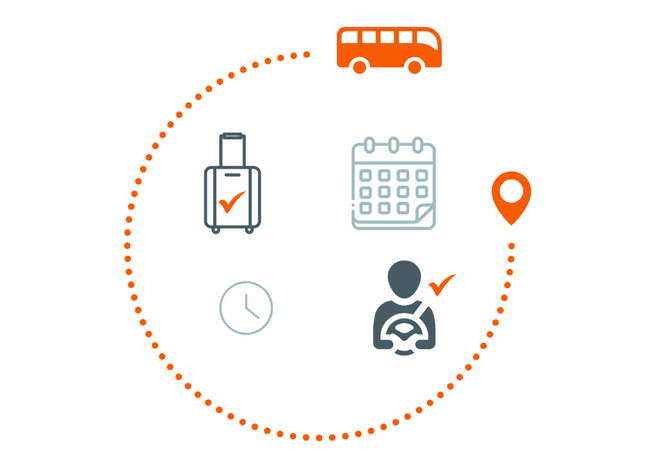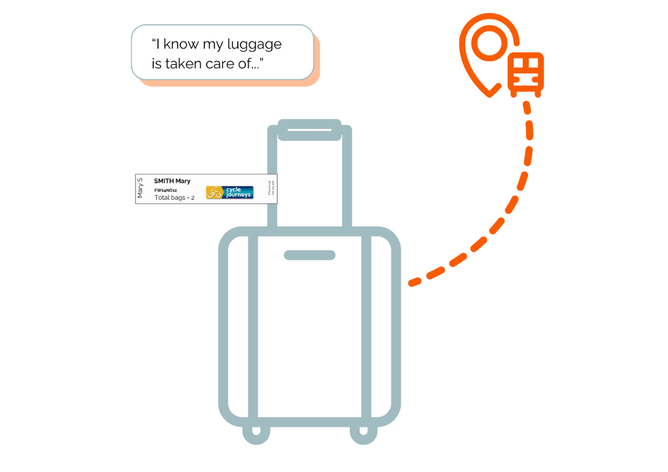Running a cycling tour isn’t like any other multi-day adventure. Riders need extra care and attention which can make logistics complex and costly if not handled correctly. If you've managed FIT (Free Independent Travellers) or group trips (see previous blog), you know details matter to these customers, and to your team who want to delivery an exceptional experience. Trust us, we know there’s lots of things happening behind the scenes to manage.
Our latest blog dives into cycle tour logistics. We’ll explain why you need specialised cycle tour management software and break down all the moving parts your Operations team need to manage. If you are a very small company with a few hundred customers you can likely work with a well designed spreadsheet system or a basic Reservation Booking System. But if you're growing, or diversifying your products and want to deliver seamless operations you should be considering a system that's fit-for-purpose.
In Part 1 we focus on managing the movements of Shuttles Services, Transfers, and Luggage. And in Part 2 we will dive into Bike Inventory, Customer Briefings, Emergency Planning and more.
Some cyclists enjoy the freedom of self-guided adventures. They ride on their own and often without a guide. But behind the scenes, there's a bunch of things happening to ensure their trip goes smoothly. Some people like the ease of a guided group as they enjoy having a support van and a guide with them. Good cycle tour management software should cater to both types of travellers and should be flexible enough to make personalised itineraries for FIT travelers. This includes shuttle services, luggage labels, and luggage transfers. Ideally it should also manage structured group schedules, shared resources, group transportation, and staff allocation.
Your Operations team work hard behind the scenes (we know this from our experience running multi-day cycle tours). They could be managing lots of moving parts and people including drivers, luggage handlers, the support crew, external contractors, and internal staff. Task dashboards are really useful for keeping track of where the work needs to happen and rostering tools help match drivers with the right vehicles on the right days. This way, they avoid double-bookings and confusion. You need to be able to provide a Driver Manifest to internal and external teams so they have all the particular details at hand. Or link into a specific rostering or transfer service app to seamlessly move data into.
Shuttle Services & Transfers
Cycling tours often mean moving more than just people e.g think bikes, gear and luggage and even vehicles. Your software must handle shuttle transfers for people and equipment from A to B. It should also offer transfer services and be able to communicate with third parties. For example, many operators use taxi services to move luggage, or a ferry to get across one part of a route. The description of these services should link directly to the trip itinerary so your customer know what's happening ahead. It must also connect easily to your supplier communication systems for booking these services, with responses coming directly back to your system. When everything’s linked together, you cut out costly mistakes and manual work. Because if you don't, and you make an error with a 3rd party service provider, your customer's experience is going to be impacted for sure.
Support vans and trailers are essential for running cycling trips or any adventure activity. For Scheduled (guided) departures they might carry lunch or snack provisions, spare parts, bikes, or tired riders who need a break. This last service request is common. It can make or break a trip for those who prefer less riding or have old injuries. The best cycle tour management software connects support vehicle rosters to a calendar, and an output manifest. This way, your team knows who’s driving, when, and where.
Luggage Transfers & Run Manifests
Today’s FIT Cyclists want services that enhance their rides. They prefer having their luggage moved instead of carrying it on their bikes. So your luggage transfer plans must be seamless. The right software creates daily manifests which show where each bag goes, how many bags per group, who the contact person is and what date it's due for delivery. This is very important if you give luggage to a third-party supplier. When routes are automatically optimised e.g. the driver has the locations of pick ups in order for efficiency, then this saves significant time, running costs and helps deliver a smoother guest experience. Lost or late delivered bags are a recipe for negative customer reviews, where as well timed and hassle free deliveries on the other hand, are highly valued.
Durable Luggage Labels
A lost or soggy luggage tag can cause problems. If the driver doesn’t know who it belongs to or where it’s going, they need to search for the right home. Professional labels that match the transfer manifest help luggage move smoothly. They ensure it gets delivered to the right place. The right details on the label are important. This includes the group name, individual name, number of bags, destinations, dates, and customer contact number. These details help if delivery challenges come up. Labels should be easy to print, not hand written and the data should flow directly from your cycle tour management software. A wow moment for your customers when they arrive on day 1 is having their bike and helmet labeled. Having these 'extra' bike labels as part of your customer luggage label is going to take your professionalism to another level. And that’s what Odyssey provides.
The Right Tools Make All the Difference
Running a cycling tour means balancing your customers experience with reliable support services. Ideally the best customer experiences are built on invisible logistics, where all the details are handled behind the scenes with software that’s made for the job.
At Odyssey we specialise in cycle tour management software built to handle these details. If you’re curious to know how this could benefit your cycle tour business then reach out for a demo.
Keep an eye out for Part 2 in our series on Cycle Tour Management Software





